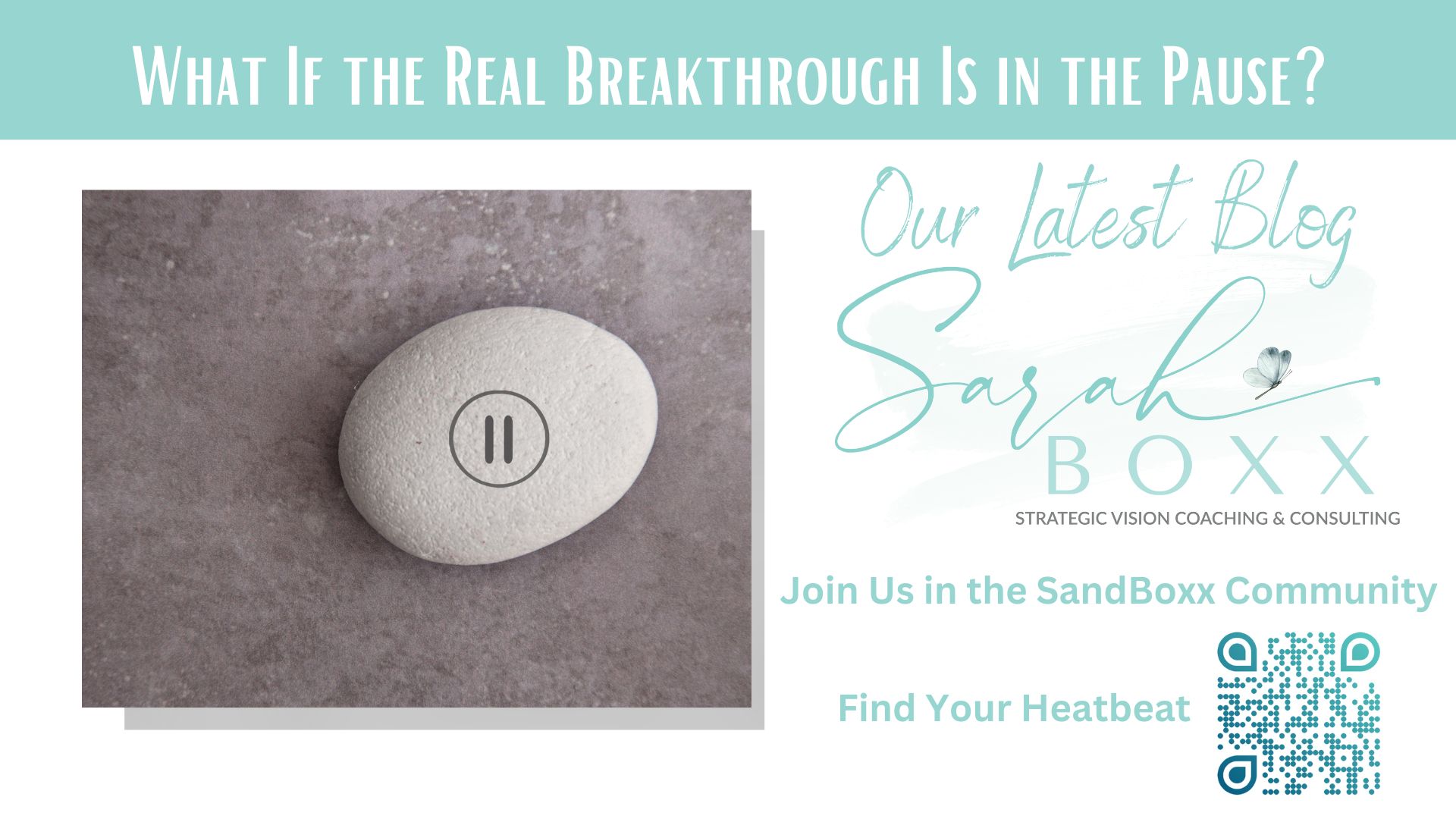With the cultural shift towards inclusive and innovative workplaces, there has been a significant increase in the number of meetings conducted within companies over the past decade. The idea is that collaboration will result in happier employees and more creative ideas.
While this is a good sentiment, and not altogether incorrect, simply scheduling a meeting doesn’t guarantee these results.
According to a survey conducted by the Harvard Business Review, 71% of senior managers considered their team meetings to be unproductive and inefficient. Since meetings often constitute a significant chunk of the workweek, companies with inefficient meetings are dealing with a serious time and resource waste issue, more than $37 billion dollars to be exact.
So, what’s the solution?
Meetings can be incredibly helpful if done correctly, so how do you, as a team leader or facilitator, ensure that your meetings are productive?
A well-run meeting consists of three key parts:
- How you prepare BEFORE the meeting.
- What you are doing DURING the meeting.
- What steps do you take AFTER the meeting.
In my post, 5 Tips to Create and Deliver A Great Meeting, I unpack some of important components involved with preparing and facilitating an effective meeting.
However, often the most forgotten (though incredibly important) piece of effective meeting facilitation is communicating results and action steps after the meeting has ended. Without timely and strategic next steps and follow up, you are likely to find yourself among the 71% of managers who consider their meetings a waste of time.
Creating a meaningful follow up plan, begins with intentionally documenting your meeting results.
This is more than simply taking the minutes of the meeting.
Effective meeting documentation allows for continued progress after the meeting has ended.
4 Tips for Documenting that Gets Results
Assign a scribe
- While it is good for everyone involved in the meeting to have access to your living document, it’s helpful to appoint a specific person to add notes during the meeting itself. This ensures that all important details are recorded.
Create a living document
- It’s helpful to create a document that can house all of the meeting results for a given project. Each time you meet, members are able to add to and edit the same This will better enable you to track your progress and it allows all participants to be active contributors.
Include tactical next steps
- Are there action items to be completed after the meeting ends? Include in your documentation details about your next steps. Each item should be assigned to a particular point person. Since this is a living document, each person can add updates as they work on or complete their assigned tasks.
Allow for timely follow up
- First and foremost, the results of your meeting should be documented and shared within 1-2 days of the meeting. When you wait too long to share your results, you increase the likelihood that your important conversations and decisions will simply be forgotten.
When it comes to running an effective meeting, every little detail is important. Taking the time to document meaningful results that provide clarity and accountability will elevate the quality of your collaborative time. Planning and facilitating productive meetings is just one of many important skills that can propel you and your business to the next level.
To get a clear picture of where you are currently at and how you can continue to grow as a business owner, check out this free survey.




